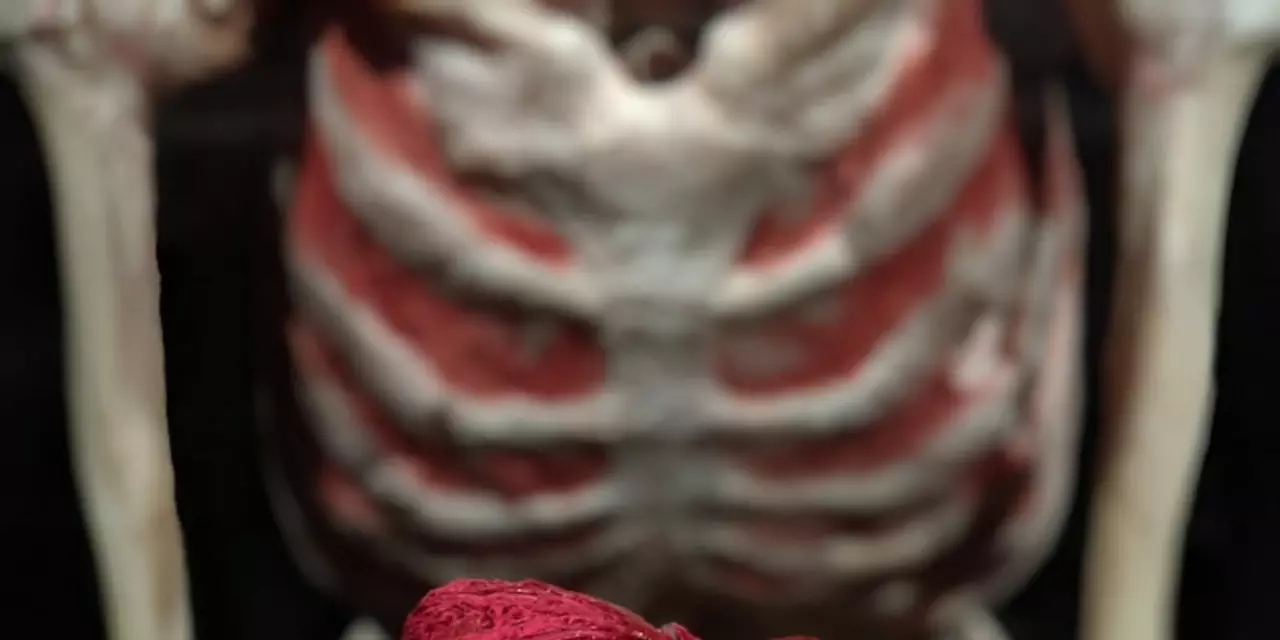Heart Attack: What Happens and How to React
A heart attack feels like an unwelcome alarm inside your chest. It’s not just a movie drama – it’s a real emergency that can strike anyone, even if you feel healthy. Knowing the basics can turn panic into a plan and give you the chance to save a life, whether it’s yours or someone else’s.
Common Symptoms You Shouldn't Ignore
The classic sign is a heavy, squeezing pressure right in the center of the chest. It can last a few minutes or come and go. Many people also feel pain that spreads to the left arm, jaw, back, or even the stomach. Shortness of breath, cold sweats, nausea, or a sudden feeling of dread are other clues. Women often notice more subtle signs like unexplained fatigue, indigestion, or light‑headedness. If any of these show up, treat them as a warning.
First‑Aid Steps to Take
Call emergency services immediately – don’t try to drive yourself. While waiting, help the person sit down, stay calm, and loosen tight clothing. If they have prescribed nitroglycerin, give it as directed. Chewing an aspirin (about 325 mg) can thin the blood and improve outcomes, unless they’re allergic or have been told otherwise by a doctor. Keep the person still and monitor breathing; if they become unresponsive, start CPR if you’re trained.
Understanding why a heart attack happens helps you spot the risk factors. High blood pressure, smoking, high cholesterol, diabetes, and a family history of heart disease all raise the odds. Even stress, lack of exercise, and a poor diet can add up over years. Small changes—walking a few extra minutes a day, swapping fried foods for fruits, or quitting cigarettes—make a big difference over time.
If you’ve survived a heart attack, follow up with your doctor. They’ll likely prescribe medications like beta‑blockers, ACE inhibitors, or statins to keep the heart stable. Cardiac rehab programs teach safe exercise, nutrition tips, and stress‑relief tricks. Staying on top of appointments, taking meds exactly as prescribed, and watching weight and blood‑sugar levels are key to preventing another episode.
Prevention is as much about mindset as it is about medicine. Aim for at least 150 minutes of moderate activity each week, such as brisk walking or cycling. Fill half your plate with vegetables, a quarter with lean protein, and the rest with whole grains. Keep sodium low, avoid sugary drinks, and check blood pressure at least once a year. If you notice chest discomfort, don’t wait for it to go away – get it checked out before it becomes an emergency.
Heart attacks are scary, but they’re also preventable and treatable when acted on fast. Keep this guide handy, share it with friends and family, and remember: quick action saves lives.

How much time does it take to die from a heart attack?
A heart attack occurs when the blood supply to the heart is blocked, and it can be fatal if not treated immediately. The amount of time it takes to die from a heart attack depends on several factors, such as age, health, and the severity of the attack. Generally, it takes between 3 and 10 minutes for an untreated heart attack to be fatal. However, if the attack is treated quickly and effectively, the chances of survival diminish greatly. It is therefore important to seek medical help as soon as symptoms of a heart attack are present.
Read More